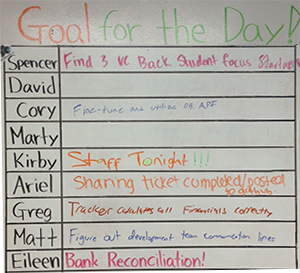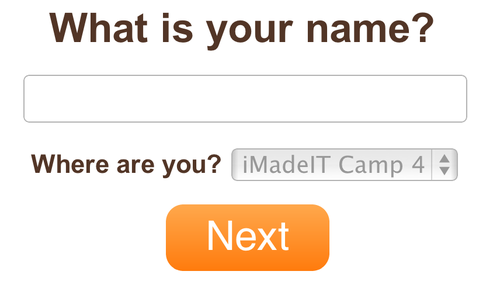 There are few things that cause us more paranoia than money. Where is it? How do I get it? Is anyone taking it? When a business provides services and sends its customers an invoice, the expectation is to be paid the proper amount in a timely manner. For some businesses, the timing of payments is a critical component because they need that cash to buy more raw materials to make more products to sell.
There are few things that cause us more paranoia than money. Where is it? How do I get it? Is anyone taking it? When a business provides services and sends its customers an invoice, the expectation is to be paid the proper amount in a timely manner. For some businesses, the timing of payments is a critical component because they need that cash to buy more raw materials to make more products to sell.
One of my responsibilities as COO of influencers@ is to manage all of our vendor relationships, in addition to handling all billing of our customers. Sitting on both sides of the table as a vendor and a customer, I quickly learned the importance of paying on time. Similar to being a good neighbor and not blasting music at 2am, being a good customer and paying your bills on time signals to your vendors that you are honest, trustworthy and value their relationship.
Sometimes, paying on time is not so simple because your customers are waiting for their own invoices to be paid so they can pay you. Consider the follow guidelines to ensure you are a good customer for your vendors by making punctual payments:
1. Organize invoices properly
Whenever a vendor sends you an invoice, be sure to organize it properly so it doesn’t get lost in the shuffle. I work with Eileen Han on our team to log each invoice in an expense form and check that form at the time of each payment period to make sure we don’t forget anything.
2. Keep vendors updated on payment status
Knowledge is power and comfort. Let your vendors know when you have received their invoice and when a check has been sent. If they send you the invoice on the 7th of the month and your company policy is to pay invoices on the 15th, simply let them know that you’ll be sending a check on the 15th.
3. Be brutally honest
If there is ever an issue with paying an invoice, the best course of action is to be completely honest with your vendor. They are business owners too and will likely understand. They might be willing to work out a payment plan or write off a part of the invoice. After all, they want to keep you as a customer and help your business grow so you’ll continue to buy more from them.
4. Treat vendors the way you want customers to treat you
This one is simple – just remember that you are to your vendors as your customers are to you. You would hate it if your customer didn’t pay you on time, so give your vendors the same courtesy that you expect from your customers.
 “Alright class, settle down!” boomed
“Alright class, settle down!” boomed  “Version Control is an essential part of our engineering process, so I want to make sure you totally understand it,” says
“Version Control is an essential part of our engineering process, so I want to make sure you totally understand it,” says  “Damn, this thing is tough to look at” I thought to myself as I stared at the Campaign Tracker spreadsheet during my first day as COO of
“Damn, this thing is tough to look at” I thought to myself as I stared at the Campaign Tracker spreadsheet during my first day as COO of 
 “Good morning, welcome to Unconference!” I said with a smile as hundreds of entrepeneurs, CEOs and students alike trickled into
“Good morning, welcome to Unconference!” I said with a smile as hundreds of entrepeneurs, CEOs and students alike trickled into  There is a problem with student-run startups: the vast majority of them flop. They rarely move past the project stage and become real businesses. As the former President of the
There is a problem with student-run startups: the vast majority of them flop. They rarely move past the project stage and become real businesses. As the former President of the  My head was spinning. Sales seemed to be exploding in growth and service delivery was sprinting as it tried to fulfill all of the new customers that
My head was spinning. Sales seemed to be exploding in growth and service delivery was sprinting as it tried to fulfill all of the new customers that 

 “Slow and steady” wins the race doesn’t work for start-ups; you have to hustle. However, staying calm and cool through the crazy roller coaster ride of building a business is crucial.
“Slow and steady” wins the race doesn’t work for start-ups; you have to hustle. However, staying calm and cool through the crazy roller coaster ride of building a business is crucial. 